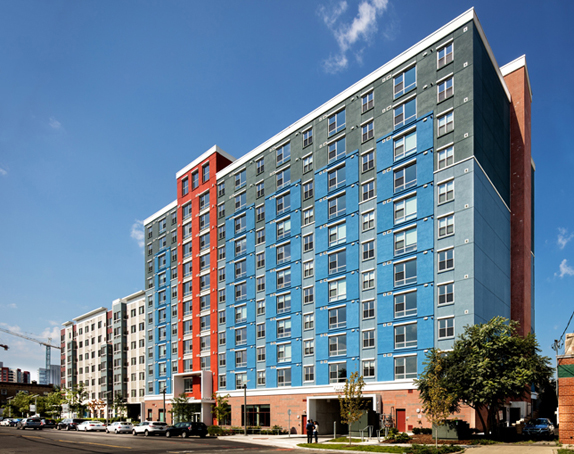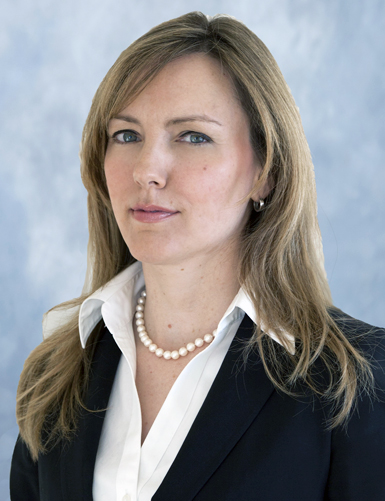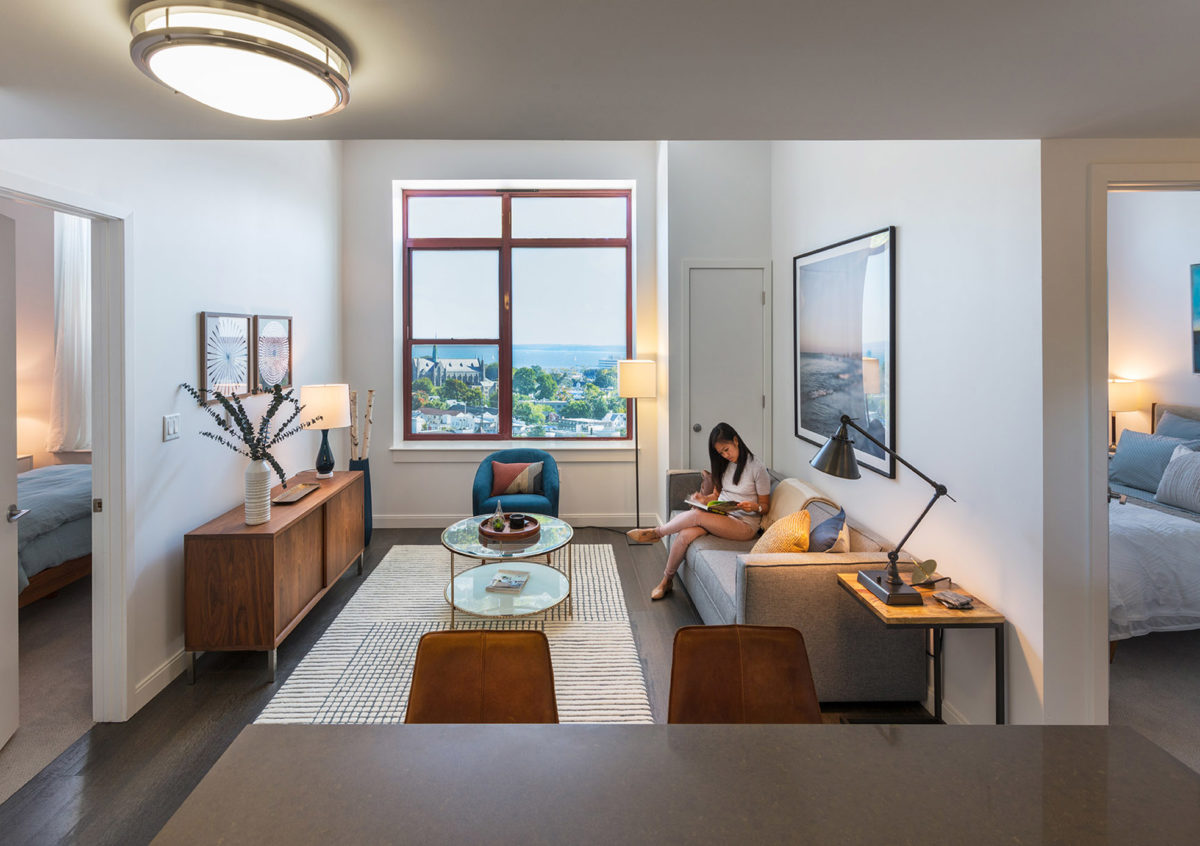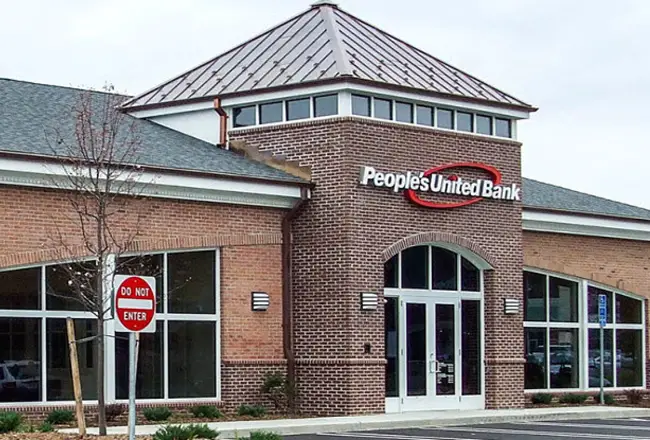Metro Green Terrace, the third phase of the Metro Green development at 695 Atlantic St. near the Stamford Transportation Center, officially opened on Oct. 20 ”” and its co-developer, Jonathan Rose Cos., may not be done yet.
“What we”™re looking to create is something with a village-like feel,” said Caroline Vary, the New York City firm”™s managing director for asset management. “And we think we”™re doing
just that.”

Co-developed by Jonathan Rose and Malkin Holdings, the $52.6 million Metro Green Terrace development includes 131 one- and two-bedroom units in an 11-story tower for residents with mixed income levels on an established site that contains a 1-acre, private courtyard for tenant use, a public plaza, and an improved streetscape. An adjacent garage has 302 parking spaces.
The new facility borders Metro Green Apartments, the developer”™s 52,565- square-foot, 50-unit affordable housing project at 717 Atlantic St., completed in 2009 at a cost of $20 million, and the Metro Green Residences, a $27 million, 61,268-square-foot, 50-unit housing complex at 84 Henry St. completed in 2011.
As indicated by their branding, all of the properties were developed as environmentally sustainable facilities. Built to meet the gold standard for new construction set by the U.S. Green Building Council”™s Leadership in Energy and Environmental Design program, the
buildings include rainwater harvesting systems, recycled building materials and paints with low volatile organic compounds, and energy-efficient
mechanical systems.

Vary said Rose”™s mission is to build structures that are models of environmental, social and economic responsibility. “That extends to our residents,” she said. “We hope that they embrace that lifestyle by trying to use less electricity and eat healthy.”
To that end, each building has an exercise facility and several common areas, including the terrace that gave the third-phase development its name. Residents are encouraged to avail themselves of a fresh herb garden during the warm months.
A common kitchen is also available on the top floor, with a smaller version on the ground floor. “We want to encourage everyone to meet their neighbors and mix, as a community,” Vary said.
“In the past, affordable housing has usually been located in the far reaches of a city,” she said. “We”™re doing this in the downtown, where there”™s easy access not just to the train but to culture, schools, the library. We want everybody to have a more enriched life. And even though (Metro Green Terrace) is mixed-income housing, everyone has access to the
same amenities.”
One of those is a “package concierge system,” whereby deliveries are made to a large locker-room-style structure. Residents are alerted to a delivery via email, which includes a pass code to open the correct locker.
“Having a dedicated package room is less convenient and less cost-effective” than the locker system, Vary said. “This approach also encourages interaction among our tenants.”
Metro Green Terrace is already about 90 percent occupied, Vary said, and the other two Metro Green buildings are fully occupied. The three buildings house a mix of young couples, families and senior citizens, she said.

Market-rate rentals range from $2,050 to $2,790 per month at Metro Green Terrace. Monthly rents for affordable housing units range from $1,148 to $1,465 for households earning 50 percent of the area median income and from $1,482 to $1,781 monthly for households earning 60 percent of the area median income. Vary noted that two-month “concessions” ”” basically a 14-month lease for the price of a 12-month one ”” are also available.
Rose is also looking to secure financing for a fourth, 24-unit building that would face Metro Green Terrace across the common green, which includes a playground and meditative stone labyrinth. A dog-walking area and yoga space are also on the Metro Green grounds.
While Rose is interested in additional construction in Stamford, Vary said that no such projects are being considered at this time.
“Stamford is the optimal place to develop in Fairfield County,” Vary said. “They have financial programs that are specifically suited to fund affordable housing, which make these projects possible. That”™s something you don”™t necessarily find in other towns.”






















